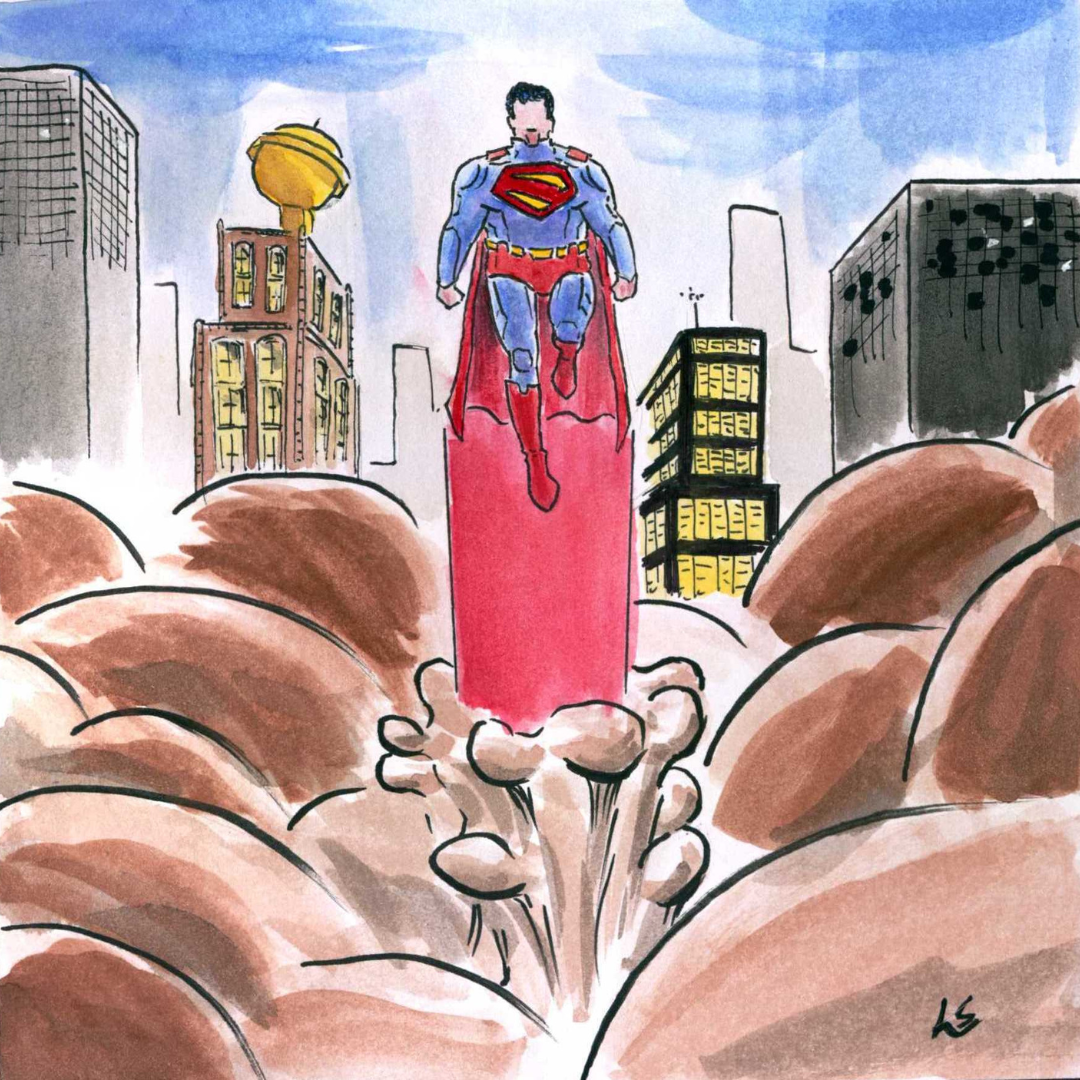“The Invisible Man,” the latest hit from modern horror juggernaut Blumhouse Productions, is a contemporary reimagining of the 1897 H.G. Wells science fiction novel. Directed by Leigh Whannel, the film stars Elisabeth Moss as Cecilia Kass, a survivor of domestic violence who begins to suspect her seemingly deceased ex-boyfriend, Oliver Jackson-Cohen as Adrian Griffin, has found a way to haunt her from beyond the grave as the Invisible Man.
The film’s opening scene puts on a masterclass in suspense, as Cecilia makes a desperate escape from the home she is trapped in by her abusive lover. With next to no dialogue, the film conveys everything that needs to be known about Cecilia’s relationship with Adrian. Whether it’s the fact that she’s only brave enough to get out of bed when she knows he has been drugged or him punching through a car window in an attempt to keep her from leaving him.
As a secondary purpose, the opening perfectly sets the tone for the rest of the movie. Throughout Cecilia’s escape, the cinematography never relents in making the audience aware of the uncertainty of her plan, demonstrated with many wide, long shots that always seem to be a second away from Adrian showing up. Not only is the ambiguity of his whereabouts constantly unsettling, but it also foreshadows just how uncertain Adrian’s presence will be for the rest of the film.
Enhancing the top notch cinematography are the equally impressive special effects used to sell Adrian’s invisibility, made all the more remarkable by the film’s estimated $7 million dollar budget. Given that he can’t be seen, Invisible Man’s actions require subtle digital modifications, but those moments are executed exceptionally well, inflicting the maximum impact on the audience thanks to intense build up that preceded them. The highlight is the hallway “fight” in the mental hospital, in which an entire wave of armed guards are swiftly and brutally incapacitated in increasingly gruesome and creative ways in a sequence that relies mostly on practical effects.
An interesting creative departure from the source material that significantly increases the tension of the film is that the focus is not on the Invisible Man himself, but on the victims of his reign of terror. Cecilia is an original character created for the film, but her arc allows for a new, fresh angle on the oft-adapted property. Though Adrian may make use of fantastic technology, his campaign of gaslighting and isolating Cecilia is all too real and gives the narrative a disturbing relatability.
Moss brings many layers to Cecilia’s character. She tells just how Cecilia’s years of abuse have scarred her psyche but balances that pain with a more relaxed, gentle side. This side comes out when Cecilia initially believes she is free of Adrian, and it tragically fades when he begins to torment her, slowly hardening her and making her capable of shocking acts in her own right.
Jackson-Cohen may, by the very nature of this role, have limited screen time, but his performance as the sadistic, vindictive control freak who assumes the titular role more than compensates. Even at his most calm and composed, Adrian shows his true nature, which is always simmering just underneath the surface.
“The Invisible Man” ultimately succeeds where most reboots fail, staying true to the spirit of its source material while delivering a fresh take that allows the concept to explore new ideas.
9 Hawks out of 10
Universal Studios announced that starting on March 20, “The Invisible Man” will be available to rent for $20 through cable systems and online services such as iTunes, Amazon Prime and Sky.
The studio’s other films that are currently in theaters, “Emma” and “The Hunt,” will be available to rent on that date as well. Universal’s decision comes as a result of the “rapidly evolving and unprecedented changes to consumers’ daily lives during this difficult time,” the studio said in a statement on March 16.














































